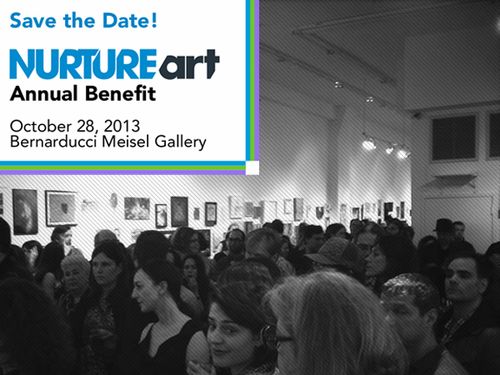NEW YORK POST
August 6, 2013
by James Panero
The Marcellus Shale is a layer of gas-rich rock that extends from New York’s Finger Lakes district and Southern Tier through Pennsylvania, Ohio and West Virginia, covering nearly 100,000 square miles. The layer gets its name from a surface outcropping near Marcellus, NY — which makes it ironic that New York is the only state not basking in the riches of this cornucopia.
Texas oilman George P. Mitchell spent millions and nearly two decades solving the puzzle of how to extract the natural gas trapped in shale. He got it working about 15 years ago — launching what some call the Shale Revolution.
What did the job, he found, was a combination of two technologies: hydraulic fracturing and horizontal drilling. Hydraulic fracturing — a k a fracking — is the fracturing of rock with pressurized fluid. The technology has been around since the late 1940s. Horizontal drilling is even older, but matured in the 1970s.
On the northern Pennsylvanian Marcellus, the wells link up with the underground infrastructure of gas pipelines that crisscrosses the eastern United States, so on-site gas storage is unnecessary.
And, once the drilling and fracking are finished, the firm removes all the equipment from the site and restores the topsoil. All that’s visible is a tiny wellhead and storage tanks to collect the small amount of fracturing fluid that returns to the surface, which the company will re-use in future jobs.
The Shale Revolution has brought enormous economic benefits. The consulting firm IHS Global Insight reported last year that shale oil and gas combined generated $87 billion in domestic capital investments in 2012 — on track to rise to $172.5 billion a year by the end of the decade.
Much of that investment is in struggling rural economies. Shale developers not only lease drilling sites from their owners; they also pay the owners of the plots whose gas is being tapped. Distributors pay people to run underground pipelines through their properties. Drillers share the returns of each well with the landowner.
The savings on energy ripple through the economy. The US Energy Information Administration reports that the shale-gas boom has pushed down the price of natural gas in America to a third its 2008 level. The lower costs of shale gas, PricewaterhouseCoopers reports, will yield 1 million domestic manufacturing jobs by 2025.
It also means lower heat and electricity bills for consumers, even as it helps the environment by replacing coal in power plants.
New York City in particular could benefit greatly. Pipelines already deliver gas to nearly every home stove in the five boroughs. The heating boilers in the basements of most residential and commercial buildings, which now run mostly on dirty No. 4 and No. 6 heating oil, could be converted to cheaper, cleaner natural gas over time.
My own Upper West Side apartment building has just replaced an obsolete boiler that burned No. 6 oil with one that burns cleaner No. 2 but can shift to gas power with the flick of a switch — once enough gas is available.
Utilities are working to upgrade the underground pipelines to make the changeover possible. Con Edison is installing a gas line an avenue away from my building, and a new city initiative called NYC Clean Heat is helping us persuade the utility to bring the supply to our building.
Mayor Bloomberg has embraced shale development, envisioning a city where buses and trucks run on natural gas and electric vehicles are charged via gas-fired power plants. “Remember that 13,000 Americans will die from the effects of coal-fired power plant pollution every year,” Bloomberg said in April. “I don’t know of anybody yet that’s been killed by fracking.”
Yet shale gas’s benefits won’t be realized if environmentalists have their way. They’ve painted fracking as destructive and dangerous — rather than what it is: a safe, tested means of extracting a clean, local, naturally abundant resource.
The fact that independent studies have found precious little evidence to support the greens’ claims (such as the charge that fracking contaminates groundwater) hasn’t detered them.
Indeed, celebrities have embraced the anti-fracking cause with gusto. In 2012, Yoko Ono and Sean Lennon formed the advocacy group Artists Against Fracking, which soon had more than 200 prominent signatories, including Alec Baldwin, Gwyneth Paltrow and Lady Gaga.
The money poured into such disinformation campaigns has paid off: Seven months after Artists Against Fracking formed, a Quinnipiac poll found that, for the first time, New Yorkers opposed fracking, 45 percent to 39 percent. And Gov. Cuomo, apparently unwilling to confront the monied anti-fracking interests, has endlessly delayed approval of drilling in the economically depressed Southern Tier.
Yet the facts show that the Marcellus story is a positive one. The gas industry has newly paved the roads around Dimock, Pa.; farmers there now have income to pay down debts and fix up their properties. Jobs are growing.
Pennsylvania has been wise enough to let the Shale Revolution improve its residents’ lives. New York should follow suit.
This article was adapted from the Summer issue of City Journal.

